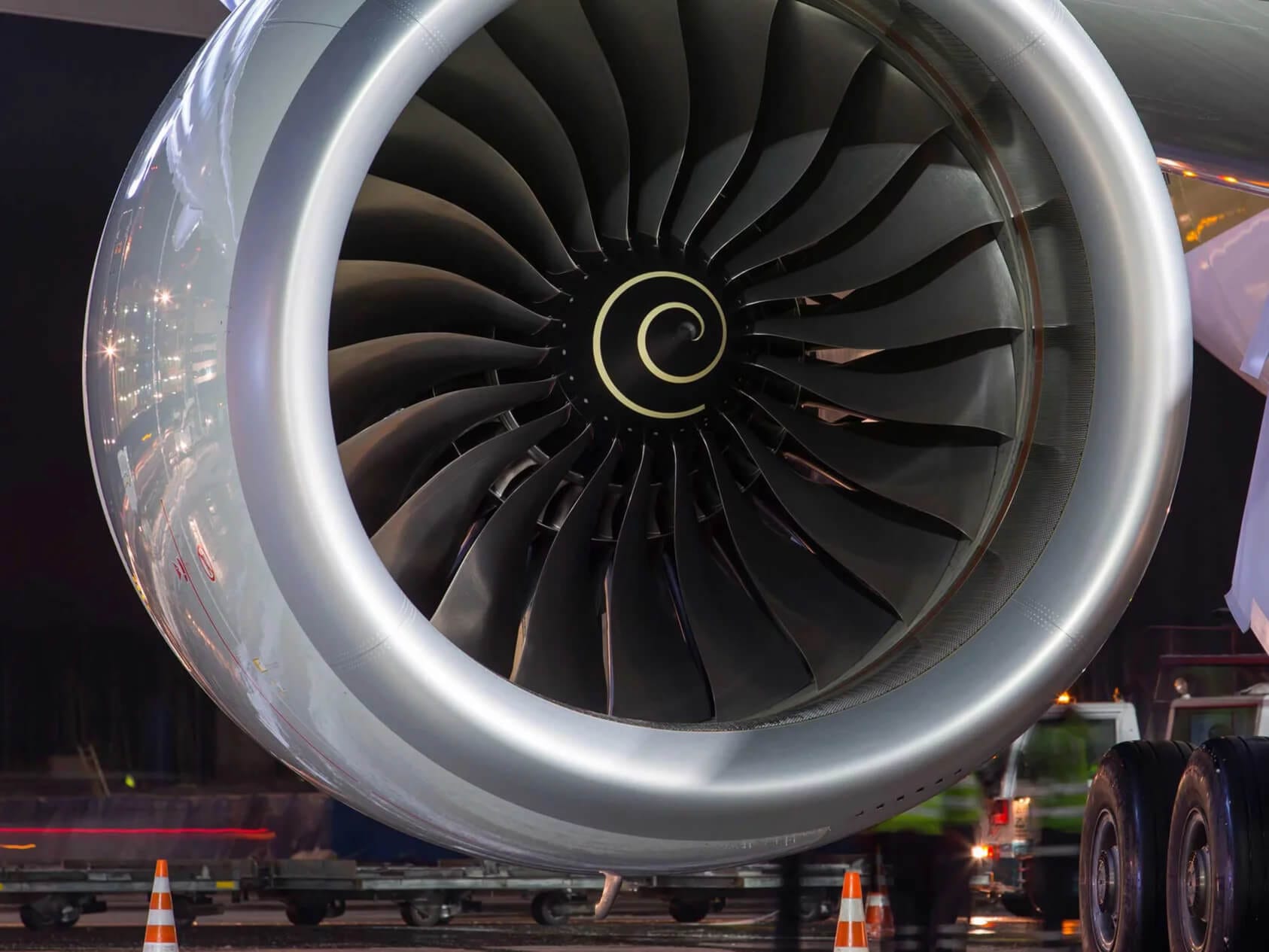Honeywell Spinoff Creates 90+ Billion Dollar Aerospace Giant, and More

Dear Readers,
Welcome to the AviationOutlook Newsletter.
Your One-Stop source for the most relevant Aviation news briefs and industry insights (MINUS noise).
✅ 1 Email Daily
✅ 5 Min Read
✅ 0 Time Wasted
🫵 YOU become industry-smart!
Here are the 10 Top Aviation Industry Updates for you today.
Let’s get started.
Aerospace Powerhouse Emerges as Honeywell Announces Strategic Split

Honeywell's historic three-way split marks the end of another major American industrial conglomerate.
The aerospace division now emerges as a potential $90-120 billion standalone powerhouse.
The separation, set to be completed by late 2026, comes after pressure from Elliott Investment Management's $5 billion stake and follows the successful precedent of GE's breakup.
The aerospace unit, which generated $15 billion in revenue in 2024, stands to become one of the largest publicly traded aerospace suppliers.
Key Points
- Aerospace Division Performance: Revenue were up 15% to $11.47 billion, with segment profits increasing 18% to $3.2 billion in the first nine months of 2024
- Strategic Timing: Follows $9 billion in recent strategic acquisitions and planned spinoff of Advanced Materials business
- Market Position: Strong presence in engines, cockpit systems, and navigation technology for major manufacturers like Boeing
- Growth Drivers: Robust post-pandemic demand for jet engines and aircraft components
- Competitive Edge: 28% segment margins in aerospace with significant aftermarket opportunities
- Industry Impact: Will create a focused pure-play aerospace company better positioned against GE Aerospace
- Financial Structure: Separation to be tax-free for shareholders, enhancing financial flexibility
What It Means
I believe this separation will create a focused, pure-play aerospace powerhouse that can better capitalize on the industry's growth trajectory.
The timing is particularly strategic, as I see the commercial aviation recovery gaining momentum and defense spending increasing globally.
The independent structure should allow for more agile decision-making and targeted investments in emerging technologies like aircraft electrification and autonomous flight systems.





